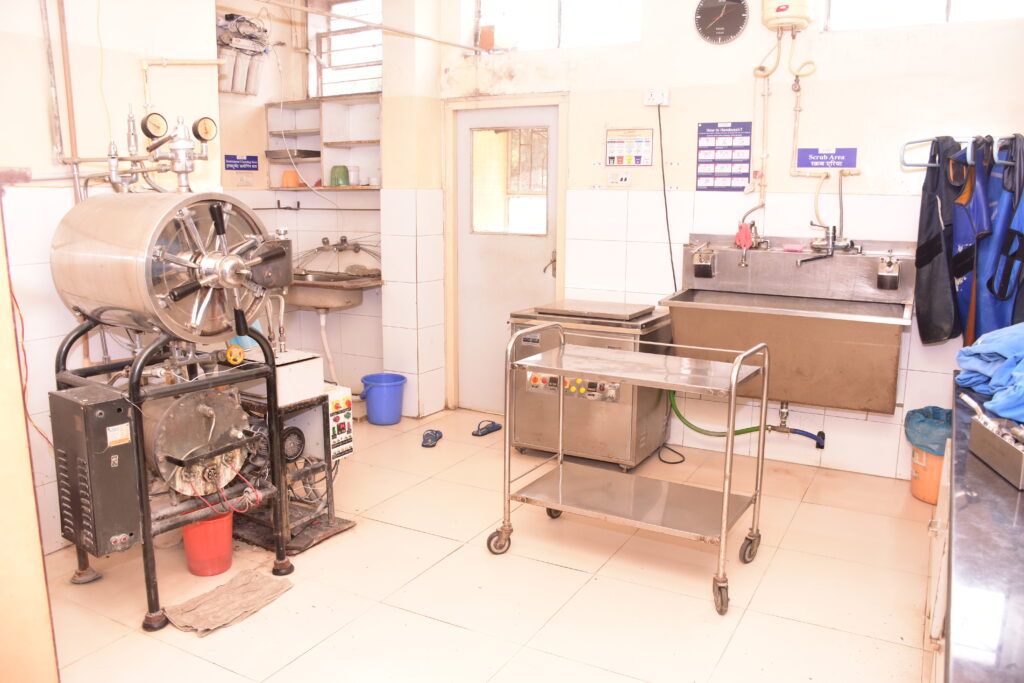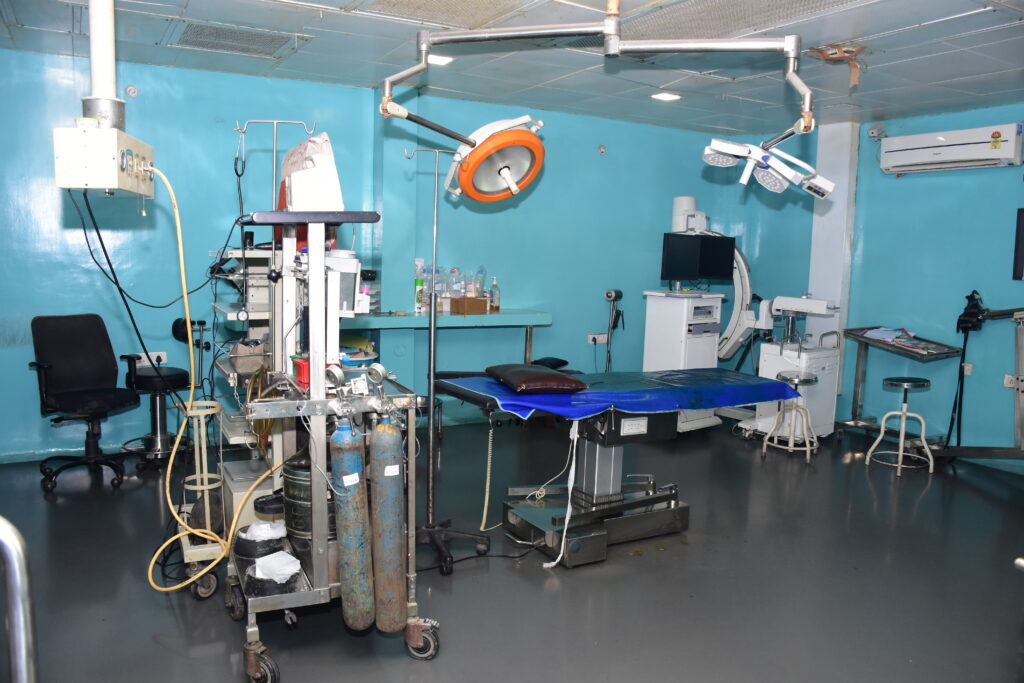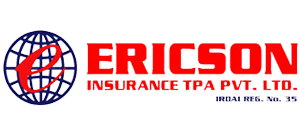Epoxy Coating

Epoxy coating for operating theatres (OT) is a highly specialized application designed to meet the stringent hygiene and durability requirements of medical environments. These coatings provide a seamless, non-porous surface that is easy to clean, resistant to chemicals and microbial growth, and capable of withstanding the rigors of a high-traffic surgical environment.
Key Features of Epoxy Coating for OT
Seamless Surface:
- Epoxy coatings create a seamless and smooth surface that eliminates joints and crevices where bacteria and other contaminants could accumulate. This is crucial for maintaining a sterile environment.
Chemical Resistance:
- Operating theatres require frequent cleaning with strong disinfectants. Epoxy coatings are highly resistant to a wide range of chemicals, including acids, alkalis, and solvents, ensuring the surface remains intact and undamaged.
Durability and Impact Resistance:
- The coating provides a tough, durable surface that can withstand the impact of dropped instruments and heavy equipment without chipping or cracking. This longevity reduces maintenance costs and downtime.
Anti-Microbial Properties:
- Advanced epoxy formulations can include antimicrobial agents that inhibit the growth of bacteria, mold, and fungi, further enhancing the hygiene of the operating theatre.
Ease of Maintenance:
- The smooth, non-porous surface of epoxy coatings makes them easy to clean and maintain, ensuring a consistently hygienic environment with minimal effort.
Application Process
Surface Preparation:
- Proper surface preparation is critical to ensure the epoxy adheres well and performs as expected. This includes cleaning the substrate, repairing any damage, and sometimes priming the surface.
Mixing and Application:
- The epoxy resin and hardener are mixed according to precise ratios. The mixture is then applied to the prepared surface using rollers, brushes, or spray equipment. Multiple coats may be applied to achieve the desired thickness and finish.
Curing:
- The coating must cure under controlled conditions to achieve its full mechanical and chemical resistance properties. This can take anywhere from a few hours to several days, depending on the specific product and environmental conditions.
Benefits of Epoxy Coating in OT
- Enhanced Hygiene:
- The seamless, easy-to-clean nature of epoxy coatings significantly reduces the risk of bacterial contamination, contributing to a safer surgical environment.
- Cost-Effectiveness:
- While the initial installation may be more costly than some other flooring options, the durability and low maintenance requirements of epoxy coatings offer long-term savings.
- Aesthetic Appeal:
- Epoxy coatings are available in various colors and finishes, allowing customization to meet the aesthetic preferences of the medical facility while maintaining a professional and sterile look.
Regulatory Compliance
- Standards: Epoxy coatings for medical environments must comply with stringent health and safety standards, including those set by organizations such as the FDA, EPA, and relevant health departments.
- Certification: Many epoxy products used in operating theatres are certified for use in healthcare settings, ensuring they meet specific performance and safety criteria.
Conclusion
Epoxy coatings provide an ideal solution for operating theatres, combining durability, hygiene, and ease of maintenance. By creating a seamless and chemically resistant surface, these coatings help maintain the sterility required for surgical environments, ultimately contributing to better patient outcomes and safer healthcare facilities.
Epoxy Coating



Our associate TPA
Akriti Clinic offers seamless TPA facilities, ensuring hassle-free insurance claim processing. Patients benefit from efficient and streamlined services, making their healthcare experience more convenient.






